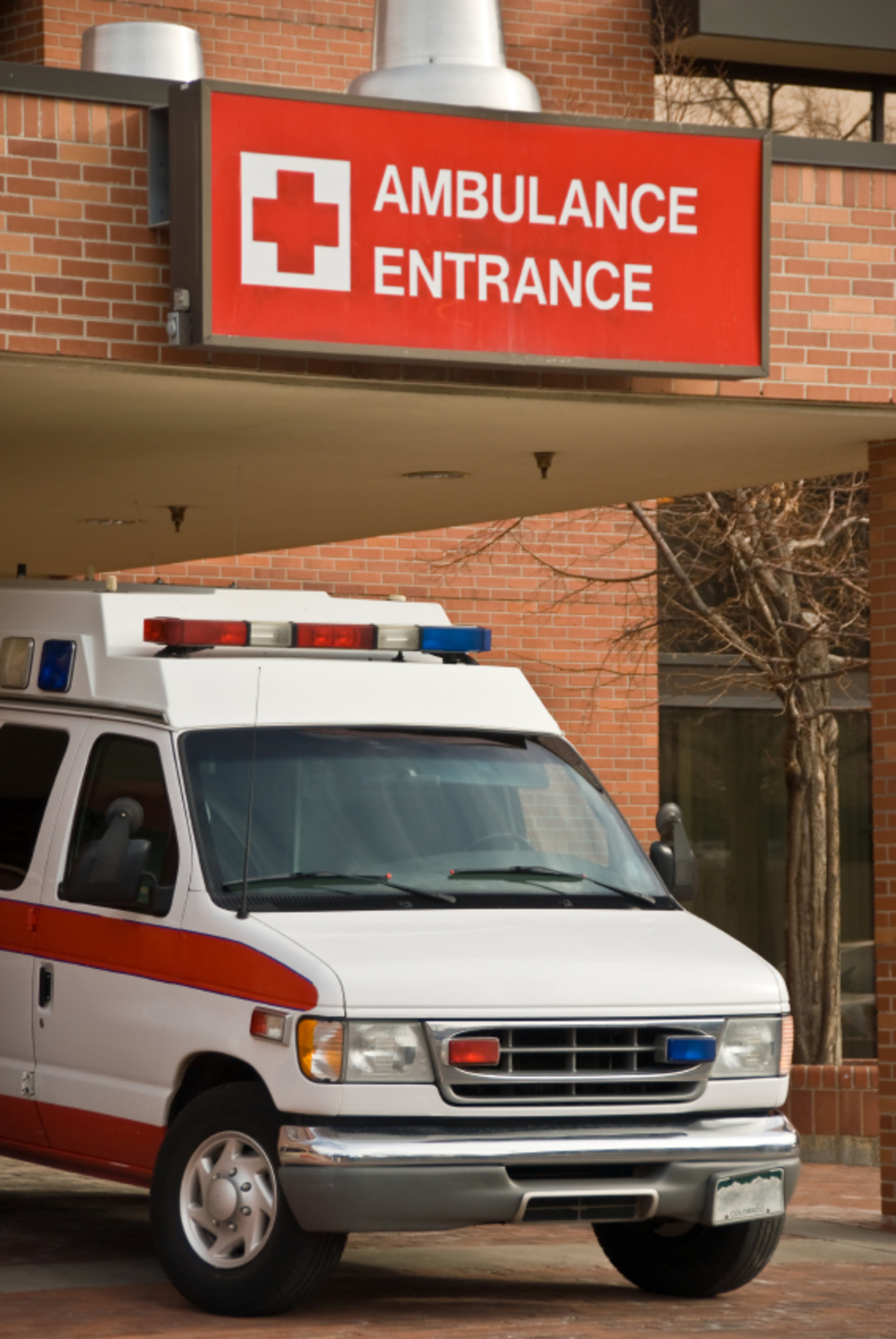Episode Transcript
Dr. Miller: If the hospital is full, will they still be able to see you in the emergency department? We're going to talk about that next on Scope Radio.
Announcer: Access to our experts with in-depth information about the biggest health issues facing you today. The Specialists with Dr. Tom Miller is on The Scope.
Dr. Miller: I'm here with Dr. Robert Stephen, and he's an emergency room physician here at the University of Utah. Robert, are there times when the emergency room gets so full you just can't see any more patients?
Dr. Stephen: There are times when ERs do actually get what we call overcrowded, to the point where it can become problematic to treat anyone else who is critically ill. If at that point it is determined that we cannot safely take another critically ill patient because we are stretched so thin, we can temporarily go on something called divert.
It usually lasts for somewhere around two hours, we do everything we can to get the situation stabilized and then open up again. I should note that divert does not mean that patients who walk in the front won't be seen, it means ambulance traffic. We will always see people who walk in the front room.
Dr. Miller: I think we were talking a little earlier about the fact that Utah's blessed in the sense that we don't have too many times that we're on divert compared to some of the larger cities in the United States. Is that true?
Dr. Stephen: It's true. I mean, we're quite fortunate in the city, we have a large number of hospitals, and we have a good wait time in that it's not overly burdensome. There are some places in the country where wait times can be quite onerous and quite long simply because they are chronically overrun.
Dr. Miller: Now there can be times where the emergency room is open, and you're not seeing too many patients that overwhelm the capacity of the emergency department, but the hospital might be full. That is to say, there are no beds available. How do you take care of those patients who obviously can't leave the emergency department, and have a condition for which they need to be hospitalized?
Dr. Stephen: We have several ways of approaching these patients. They become what we call borders. They are admitted to the hospital. The admitting service, be it medicine, surgery, or any of the other specialties, will come down and evaluate the patient, appropriate orders will be done, and they will be either maintained in a room in the emergency department, getting the appropriate care as if they are upstairs.
Or we can actually, once our lower-acuity area closes, we can move them to those rooms, therefore open up more rooms in the ER to have people coming through the front door be seen. And we even have an observation unit that we can use to also, what we call, board these patients, until rooms open up upstairs. In the event that this happens the patient will still receive the same care as if they would if they were upstairs, they're just getting it in the emergency room or in these other two areas.
Dr. Miller: So basically you have protocols that help decide, at whatever capacity you're currently running at, how to board those patients, how to care for those patients, and it sounds very dynamic, actually.
Dr. Stephen: It is dynamic. We have to be able to adjust to the flow of the patients and what is going on at the rest of the hospital. And we will do our best to make sure that they get the appropriate care, no matter if they're downstairs or if they're on their way upstairs.
Dr. Miller: That's good to know, we'll keep the public safe that way. Thank you very much.
Announcer: TheScopeRadio.com, is University of Utah Health Sciences Radio. If you like what you heard, be sure to get our latest content by following us on Facebook. Just click on the Facebook icon at TheScopeRadio.com.
